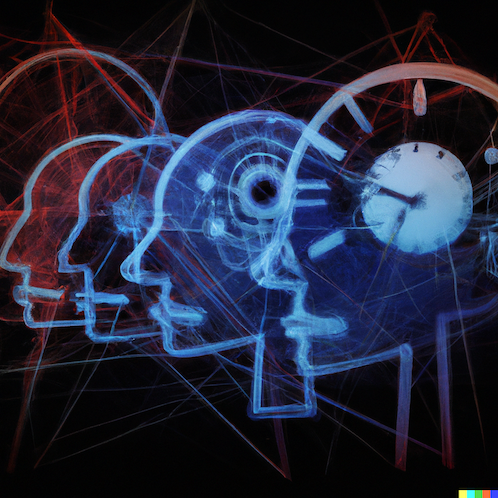Artificial Intelligence, commonly known as AI, has become an integral part of our lives. From smartphones to self-driving cars, AI is all around us, and it’s changing the way we interact with technology. But how did we get here? What is the history of AI? In this blog post, we will take a brief look at the evolution of AI and how it has progressed over time.
The origins of AI can be traced back to the 1950s when researchers began exploring the concept of artificial intelligence. The term “artificial intelligence” was coined by John McCarthy in 1956 when he organized the Dartmouth Conference, which is considered the birthplace of AI. This conference brought together researchers who were interested in exploring how machines could simulate human intelligence.
In the early days, AI researchers focused on developing programs that could perform specific tasks such as playing chess or solving mathematical problems. These programs were called expert systems and were based on a set of rules that allowed them to make decisions based on data input. However, these early programs were limited in their capabilities and couldn’t adapt to new situations.
In the 1960s and 1970s, AI research shifted towards machine learning, which allowed machines to learn from data and improve their performance over time. This approach used algorithms to analyze data and identify patterns, which could then be used to make predictions or decisions. One of the earliest and most famous examples of machine learning is the development of the perceptron, a type of artificial neural network that could recognize simple patterns.
In the 1980s and 1990s, AI research expanded to include natural language processing (NLP), which focused on teaching machines to understand human language. This research led to the development of speech recognition and language translation systems, which have since become commonplace in our daily lives.
In the 2000s, AI research shifted towards deep learning, a type of machine learning that uses neural networks to simulate the way the human brain works. This approach allowed machines to learn from large datasets and make complex decisions based on that data. Deep learning has been responsible for many recent advancements in AI, including image recognition, natural language processing, and self-driving cars.
Today, AI is being used in a wide range of industries, from healthcare to finance to transportation. It has become an essential tool for businesses looking to improve their operations, and it’s changing the way we live and work.
In conclusion, the history of AI has been a long and complex journey, with many ups and downs. From the early days of expert systems to the current era of deep learning, AI has come a long way, and it continues to evolve at an unprecedented pace. As we look towards the future, it’s clear that AI will play an increasingly important role in our lives, and we can only imagine the possibilities of what it will bring next.





